I recently participated in IRDNC’s wildlife census activity in the Zambezi Region of Namibia, the far northeast corner of the county, at the tip of the extended thin finger of land squeezed between Zambia and Botswana. After a 3-day long road journey from Arandis, hitchhiking about 8 hours a day, the transformation of terrain and population density made evident those words from the national anthem: “contrasting, beautiful Namibia.” Green, Trees and Water – things I don’t often seen in the desert!
More than 80 people collected at a base camp at the Balyerwa Conservancy, adjacent to Mudumu National Park. I was one of 8 Peace Corps Volunteers helping out and there were a few teenagers brought by the Ministry of Youth, but the majority were local residents trained for this important annual activity as Game Guards and Conservancy Representatives.
We formed small teams of 4-6 people and trained the first day on using the mobile GPS units; walking transect lines; identifying wildlife (by sight, sound, tracks and droppings); and taking safety measures (“If your group is being chased by an animal, be sure you all run together in the same direction!”)
For the next five days, we awoke between 4 and 4:30AM to have a quick breakfast before each team was driven to the start of their targeted routes. As you can see in the photos below, the parallel transect lines are 2km apart and run between “obvious points” (for example, “from the National Park boundary road to the Chobe River.” The lengths my team walked varied from 12 to 18 kilometers each day (the shortest I heard about was 8km while the longest was more than 24km). We started walking at about sunrise (6:00AM) and made swift progress to avoid the high heat of the afternoon. With one exception, we were done each day by noon and usually had cell signal to give our coordinates to our driver. On only one day were we stranded, needing to walk a few more kilos to get a signal – a reminder of the remoteness of that wilderness.
Because it is an annual census, and the difference in animals counted from one year to the next can have a great effect on the wildlife management in the area (including conservation (aka trophy) hunting permits and communal food), it is important to keep the number of variables to a minimum. Thus, the activity aims to trace the same transect lines, at the same times and on the same dates each year – this was the 18th year of game counts in this area.
The exercise was fairly straightforward with only two significant challenges (short of being chased by elephant bulls, which didn’t happen this year, but has happened in the past!). The first was the route we had to follow: we were instructed to stay within 10 meters of our transect line, “no matter what!” which forced us straight through brambles and over rock piles rather than taking far-easier and tempting detours. As a result, we became well acquainted with our second challenge: one particularly nasty thorn bush shown below. All the flora have thorns (except the Mopane and the Baobob), but this one also seemed equipped with heat-sinking mobility – they always found me!
The results of all our efforts were disappointing, at least as far as live sightings of game were concerned. While a few of the teams saw as many as 120 Cape Buffalo, our team saw only a small number of large game and nothing more dramatic than a kudu. We found fresh tracks and droppings of quite a bit more, including lions and a leopard, but we saw little wildlife. The explanations included “the elephants went to Botswana last week…” and “the animals stay in the national park to avoid the hunters.” Given the recent report of nearby poaching in Botswana, that first statement could well have been true…
In any case, limited live sightings aside, the game count was a lot of fun. I enjoyed the company of fellow PCVs, living in the bush, making new friends and learning more about the important work that IRDNC is doing with community-based natural resource management (CBNRM) in the conservancies.
I hope you enjoy the photos below and find a chance to visit this beautiful part of the world one day…


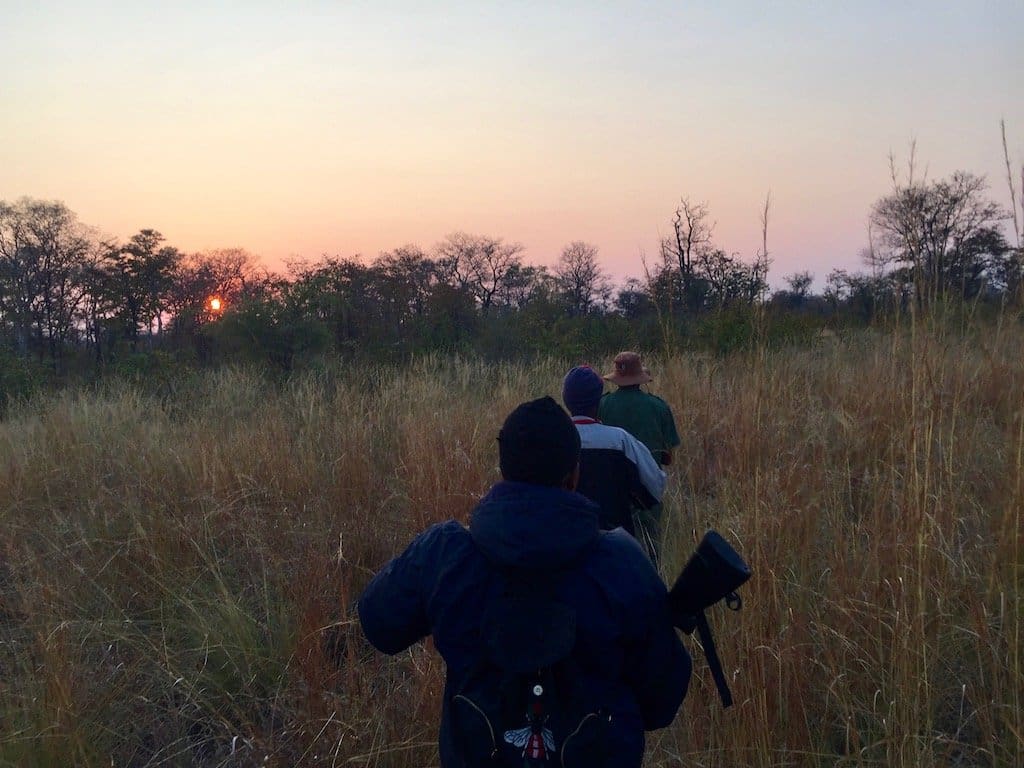
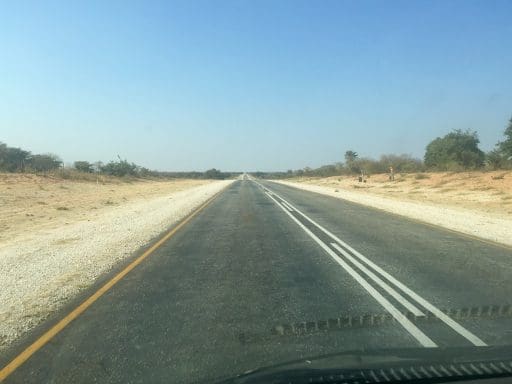
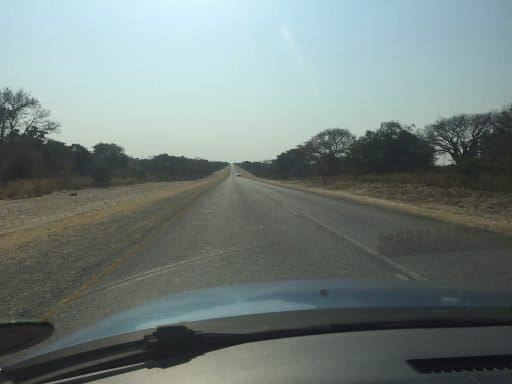
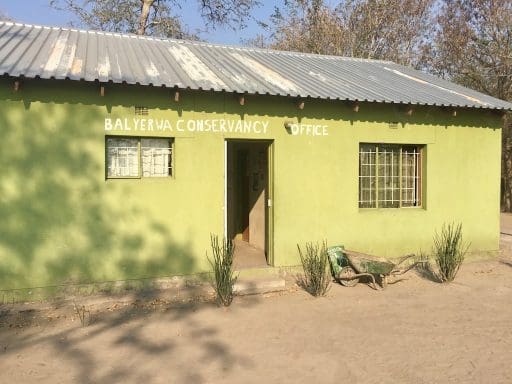


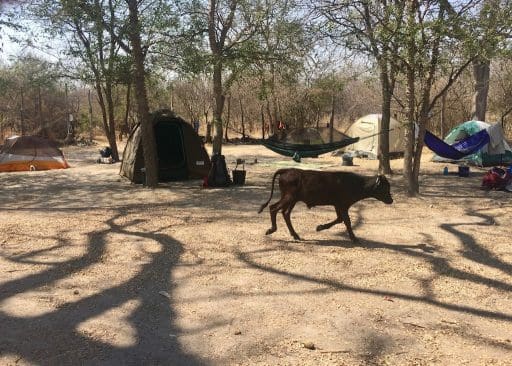
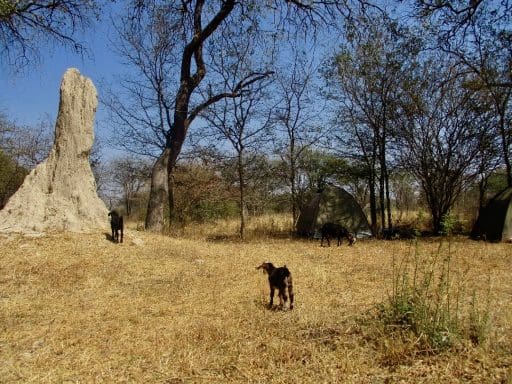
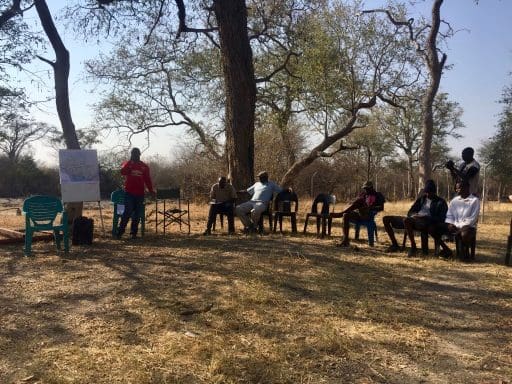
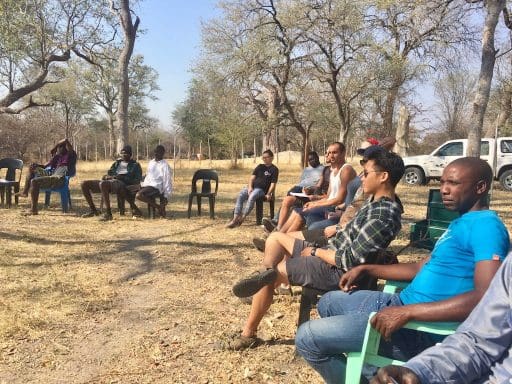
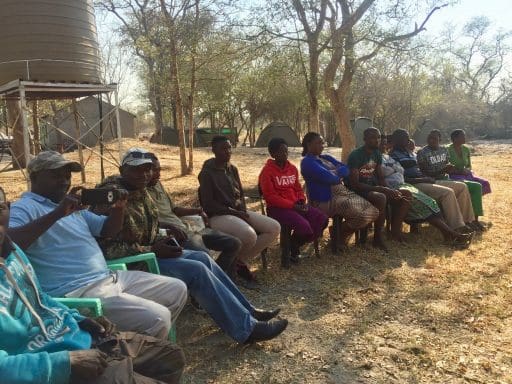
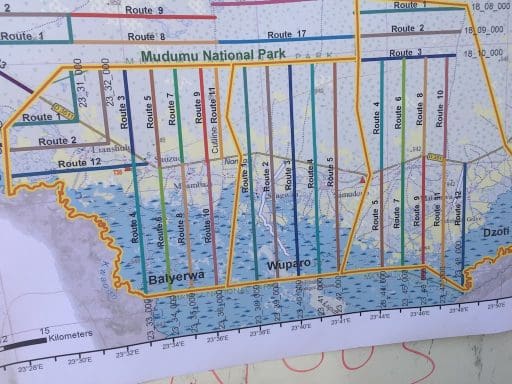
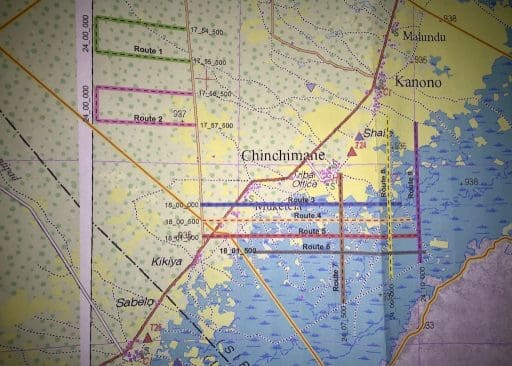

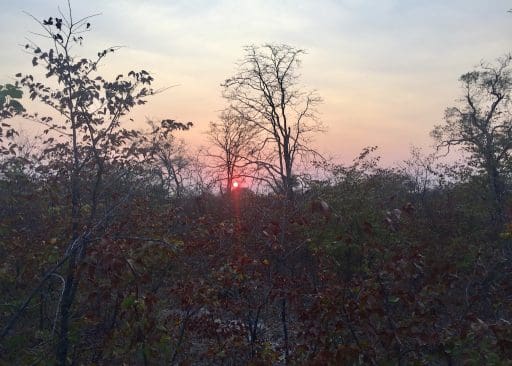
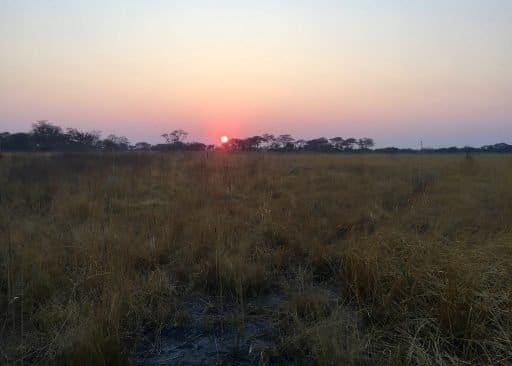
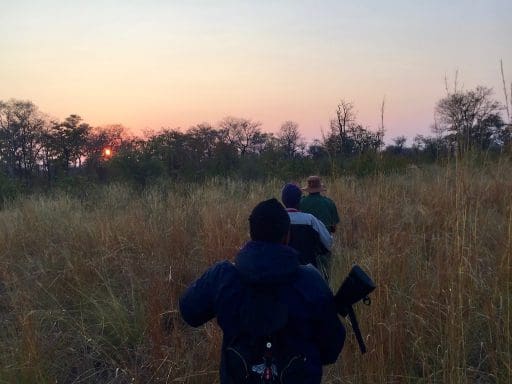
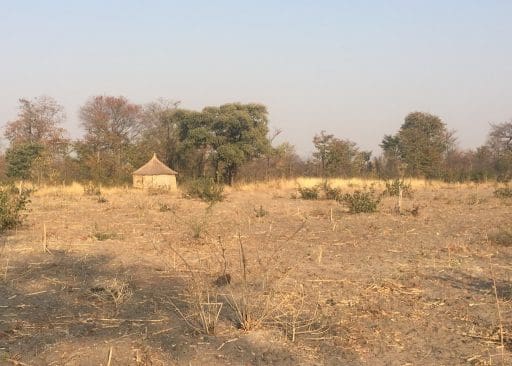
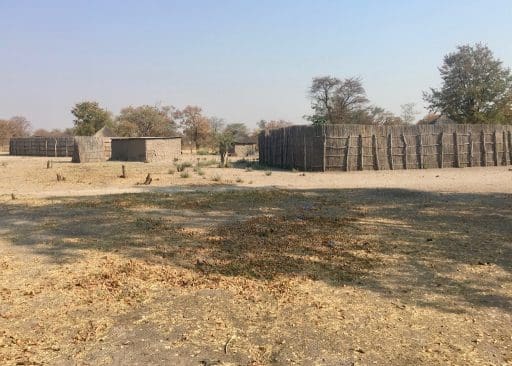
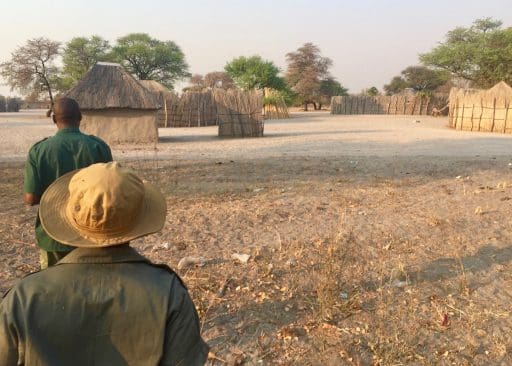
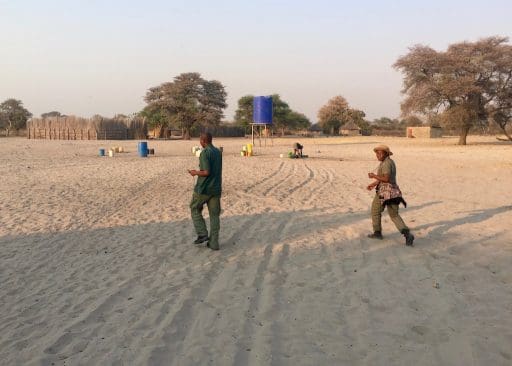
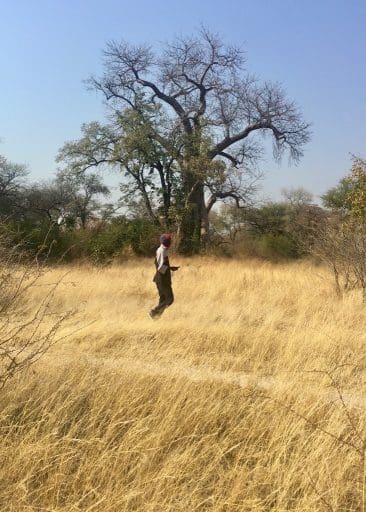
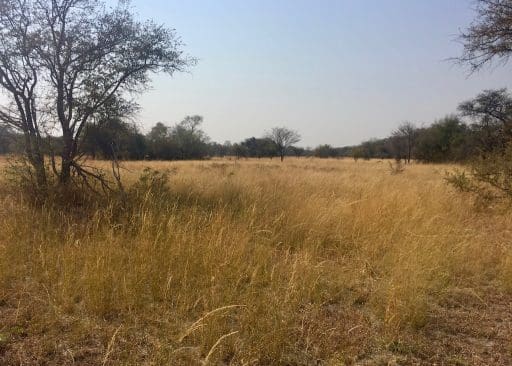
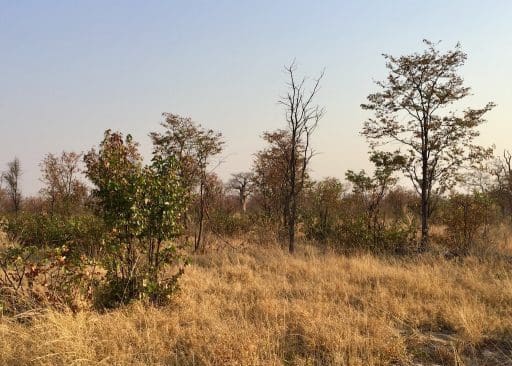

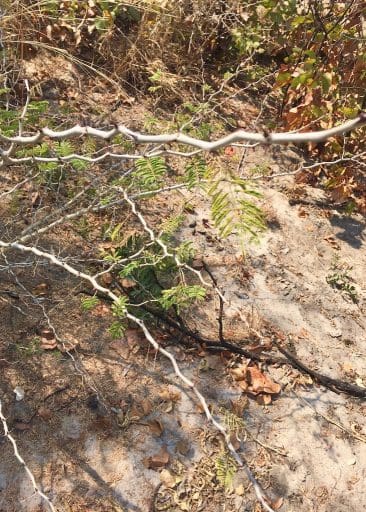
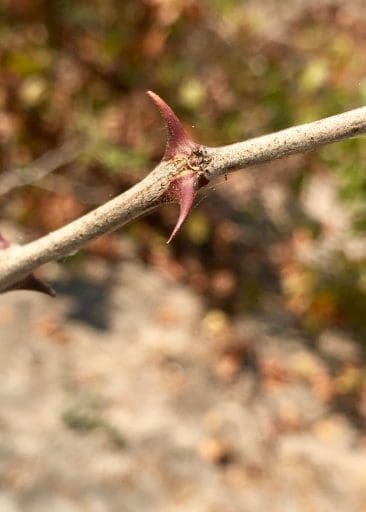
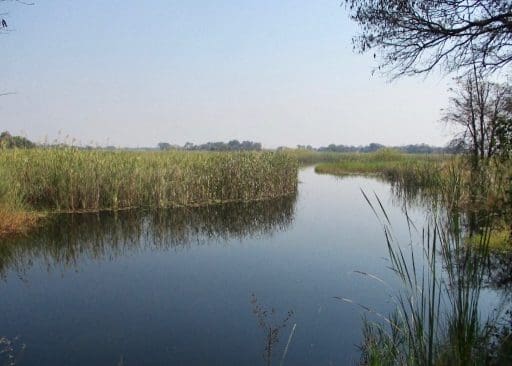
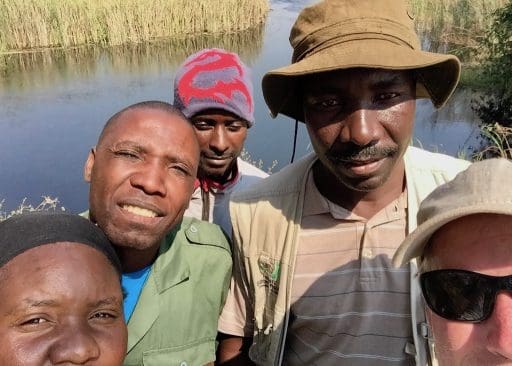
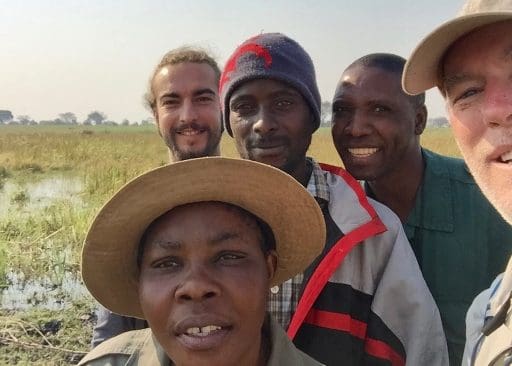

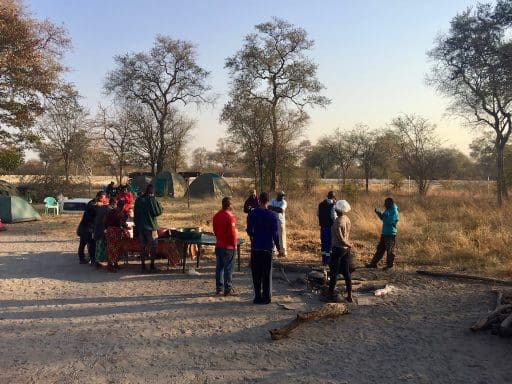
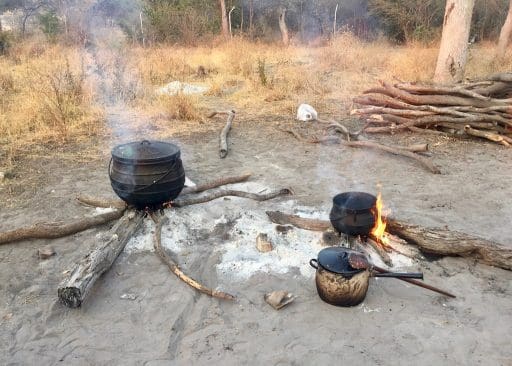
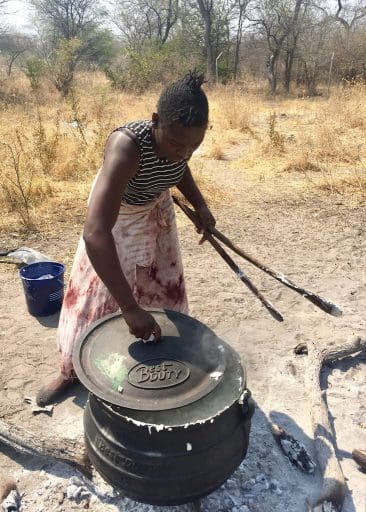
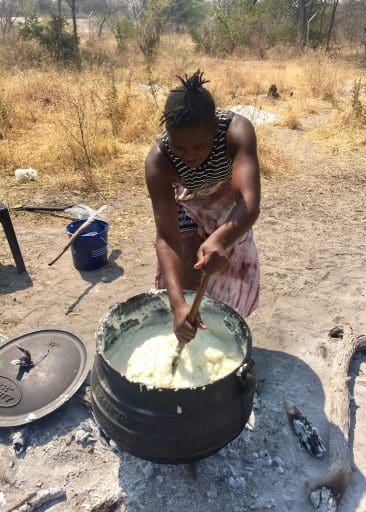
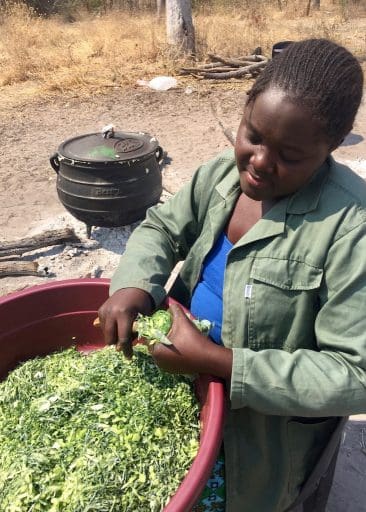
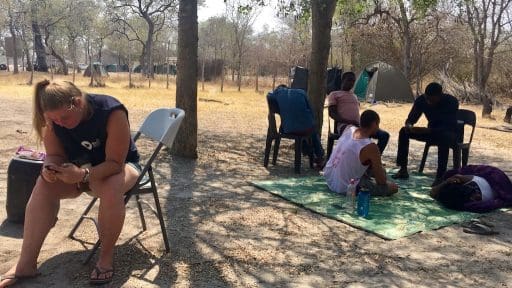

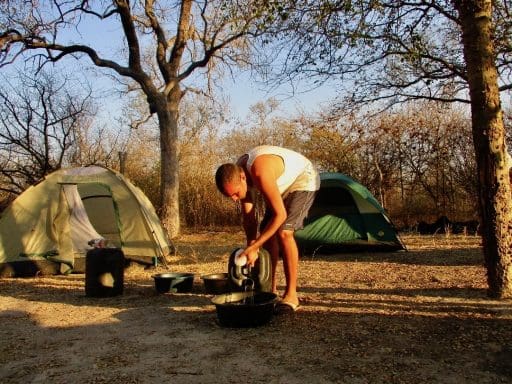

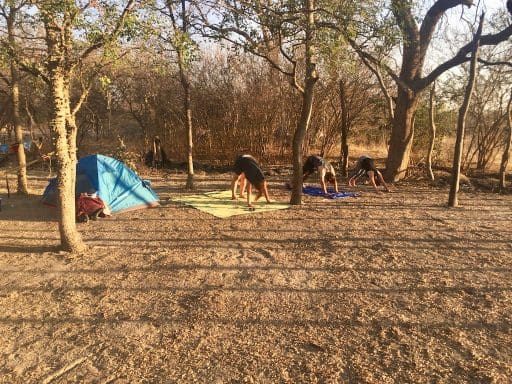
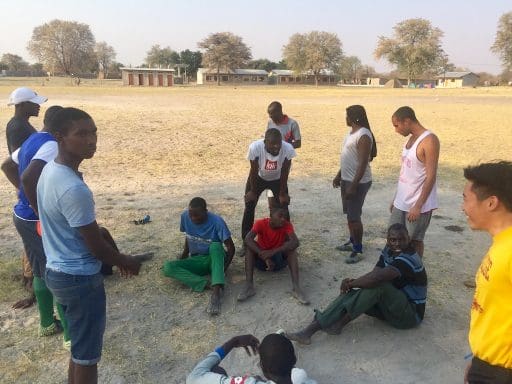
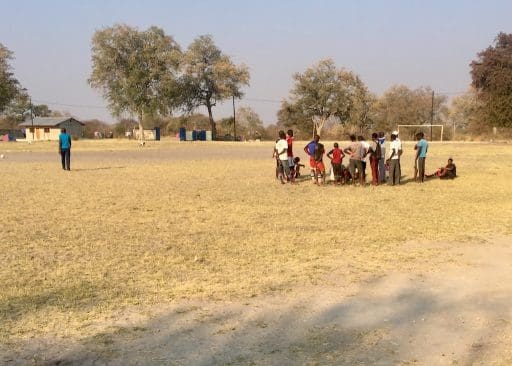
I’m so proud to have known you, Chris. When “game officials” back here in the U.S. are posting photos of African trophy kills you are there helping to protect those wild animals.
(Not to mention helping people too!)
Thanks for your note, Mark! While I certainly don’t condone the gratuitous killing of animals to put heads on a wall or notches in a belt, the issue of trophy hunting (now called “conservation hunting” in Namibia) is a complex one. Through my reading of Garth’s book and participating in the game count, I’ve learned how legally-permitted hunting of certain wildlife is improving animal populations, the land on which they live and the conservancy residents that share that land. Poaching is a serious problem for which I have no tolerance, but conservation hunting has a place in this issue. I hope to post something soon about this, as I find it a fascinating subject.
I enjoyed your narrative and the pictures Chris. See you soon!
Thanks, Dave! Yes, I will see you in just a few weeks!